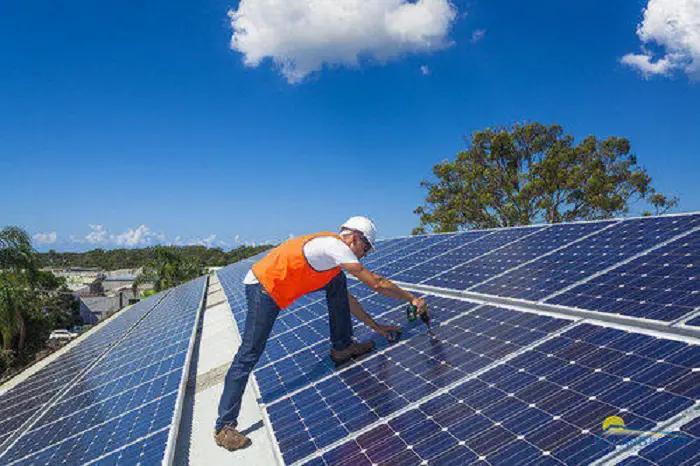Hybrid solar mini grids are set to be installed on Nigeria’s Ministry of Power rooftop by a consortium. The Ministry plans to disengage from using electricity from the national grid to power its activities at its headquarters in Maitama Abuja.
Proserve Energy Services Limited which is the lead project company confirmed the reports and said that it would cost about US $2.5m to install the solar mini grids with a 750-kilowatts (kW) daytime and 75kW night time generation capacity.
Also Read: Husk Systems secures US $20m equity investment in support of mini-grid market in Africa
The hybrid solar mini grid will be built with funding from the consortium while the ministry takes electricity from the system over a 10-year period. Similarly, the ministry would be able to save huge sum from its shift from the grid power supply to the independent mini grid system, been that the tariff for the system would be cheaper than what it currently pays for on grid electricity.
The Power House hybrid solar project
Managing Director of Proserve, Dr. Abba Ibrahim pointed out that the process of getting the system ready and operational were in top gear, and that as part of it, the ministry would be expected to provide a commercial guarantee to support its purchase and use of power from the system which would sell its excess load to the Abuja electricity distribution company (Discos).
“The Power House hybrid solar project is a pilot that came out from the Ministry of Power, Works and Housing and the whole idea is to make sure there is a decentralised distributed renewable energy source put into our power mix and this is an excellent opportunity which plugs into the current Power Sector Recovery Plan of the government,” said Ibrahim.
Proserve Energy Service focuses on providing effective consulting services in the energy and infrastructure sectors.


The Project is worthwhile. As a planned stand alone system, I hope the design took into consideration the appreciable length of the rainy season and the expected cloud cover over this period vis-a-vis the ministry’s energy demand; air conditioners, fans, and lighting energy requirements in addition to office equipment. As a roof-top system, I hope the area of the roof top is enough to capture appreciable solar radiation for the task. It will be interesting to report on the performance over time.